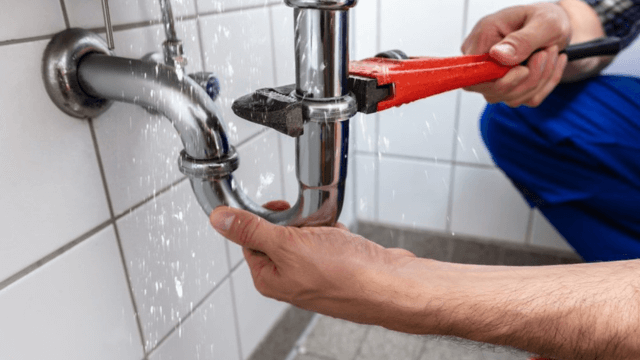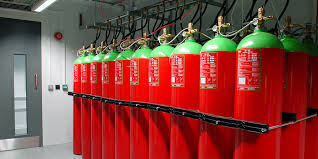When a Plumbing Problem Becomes an Emergency

You wake up in the middle of the night because something is making noise. You get up, you turn on the light to the bathroom and suddenly you hear a dripping sound. It’s not a normal dripping sound; it’s something new. Half-awake, you start looking around trying to find the source of the sound. Sure enough, the water from the toilet is dripping onto the bathroom floor. You have a leak. Is it an emergency? Your knowledge of your home plumbing as well as knowing what the differences are between an emergency repair that needs to be addressed right away and something that you can deal with quickly and wait until the morning time is important to know.
Immediate Issues a Homeowner Can Fix on Their Own
If you have a leaking toilet, a leaking sink, or anything where there is a shut-off valve a homeowner can deal with it right away, cut off the water source, and stop the leak to prevent more damage from happening. It stalls the problem until such time that either the homeowner can deal with it or a plumber can provide the repair. The same goes for sinks that won’t turn off, as well as appliance water features if the shut-off valve is accessible.
Issues That Need Help Right Away
In most cases, the very critical situations with plumbing are those that involve feed lines into the home that are under pressure. A home’s plumbing is fed by a municipal source from a water company with pressure so that the water comes out of the faucets on demand. That pressure is constant, which means all the plumbing pipes and lines that are connected to the city source and go into the home are also under pressure. Normally, these channels have shut-off valves. However, where the line or the pipe is not under constant pressure and has a leak, the water is going to continue to keep flowing until the main feed to the house is shut off. That can produce incredible damage over time, especially if it’s not discovered until hours later.
Alternatively, other emergencies that can cause significant damage involve catastrophic failure. This is where a line or a pipe has outright broken, disconnected, or otherwise failed, and the water is simply gushing into the immediate space. This is a common problem in areas where freezing occurs, and the pipes suffer from the cold to the point that they either expand and break or separate. Once the freezing is over the water starts flowing tremendously, because there is nothing to stop it. Again, the main source of the house needs to be shut off before any repair can be applied.
Knowing the Difference
If the plumbing problem can be immediately mitigated and stopped until such time that a plumber can arrive later on at a reasonable time, those are not critical emergencies. Do what needs to be done to basically stabilize the situation and then schedule the repair that is needed. It will cost less than emergency plumbing services. Plumbers who are on emergency status will prioritize their calls and will tell the homeowner to do the same thing.
Where the situation involves critical failure and the homeowner can’t fix the issue, that is a true plumbing emergency and needs the help of a plumber right away. Especially if it results in serious flooding of the home, which could increase damage exponentially with every minute going by. Plumbers are on emergency status in most communities for this type of situation, and they will respond as quickly as possible to also stabilize and cut off the water flow.
What if I Don’t know What to Do?
Plumbers are responsive to customer needs, but they will also do what is necessary for the purposes of completing the call and covering the associated costs. The homeowner is responsible for being educated, and that can easily be done today for free with resources on the Internet, as well as video sources and books. Remember, an emergency gets a fast response, but it will also trigger a larger repair bill, much larger. Be self-sufficient, and a plumber can be your wallet’s best friend too.





